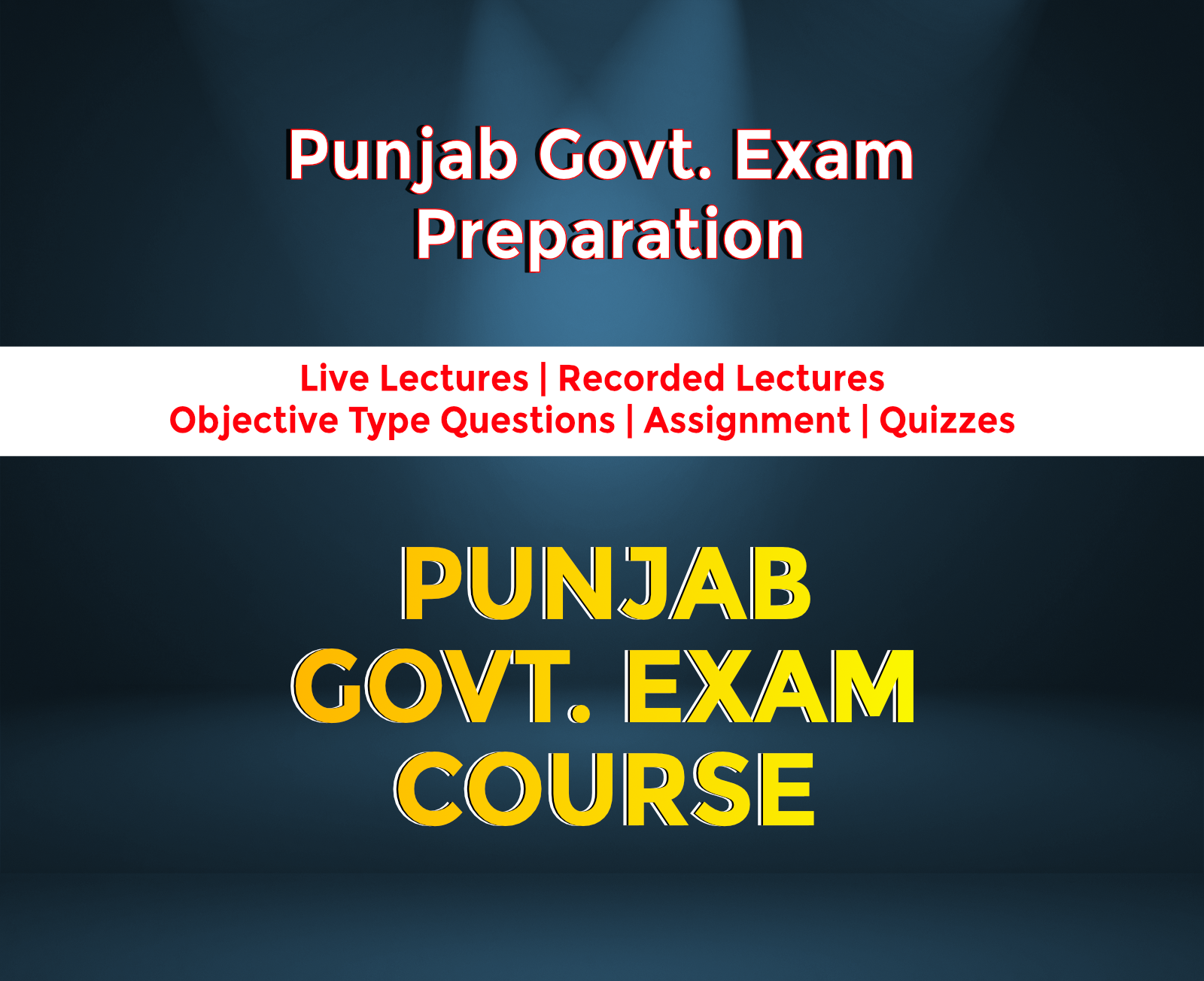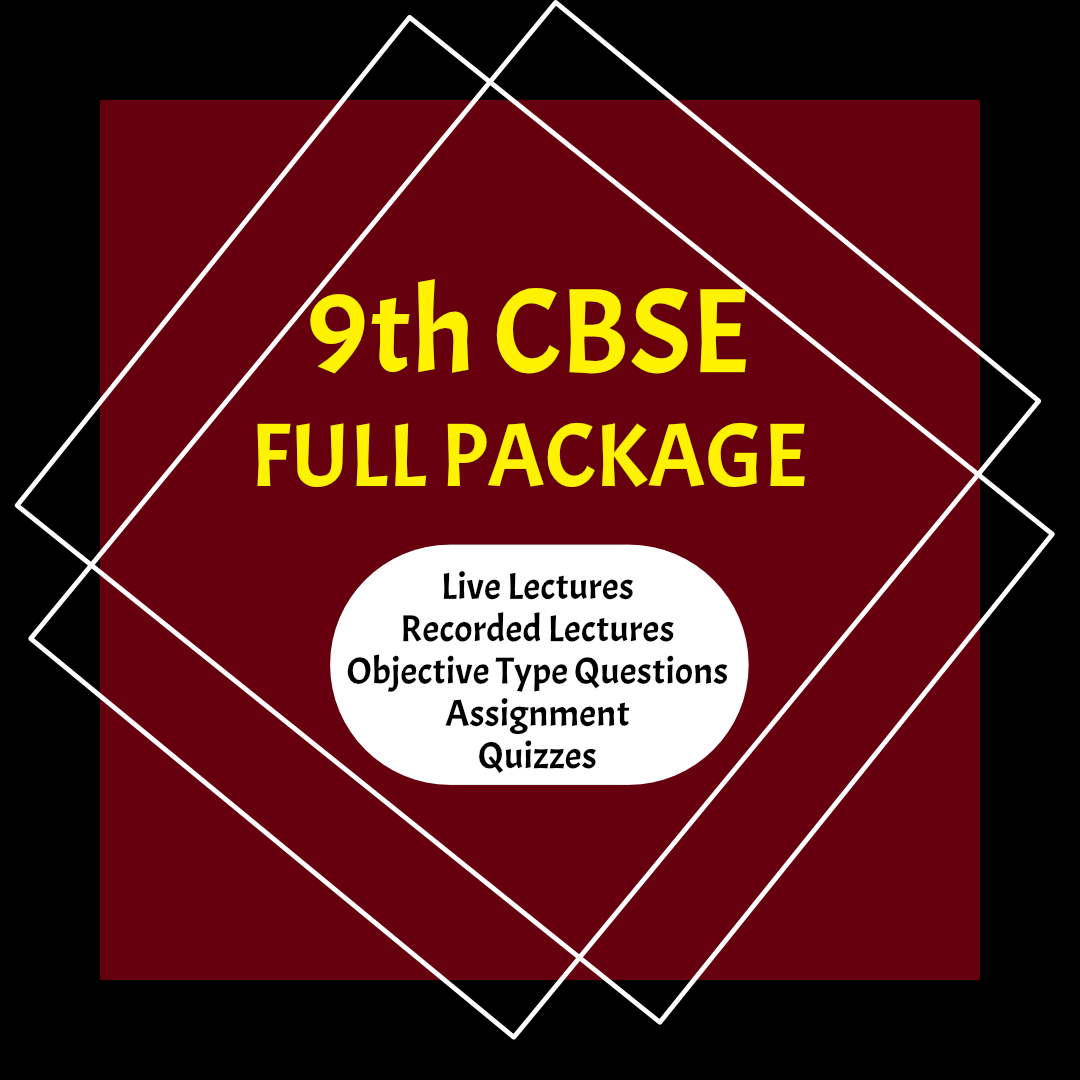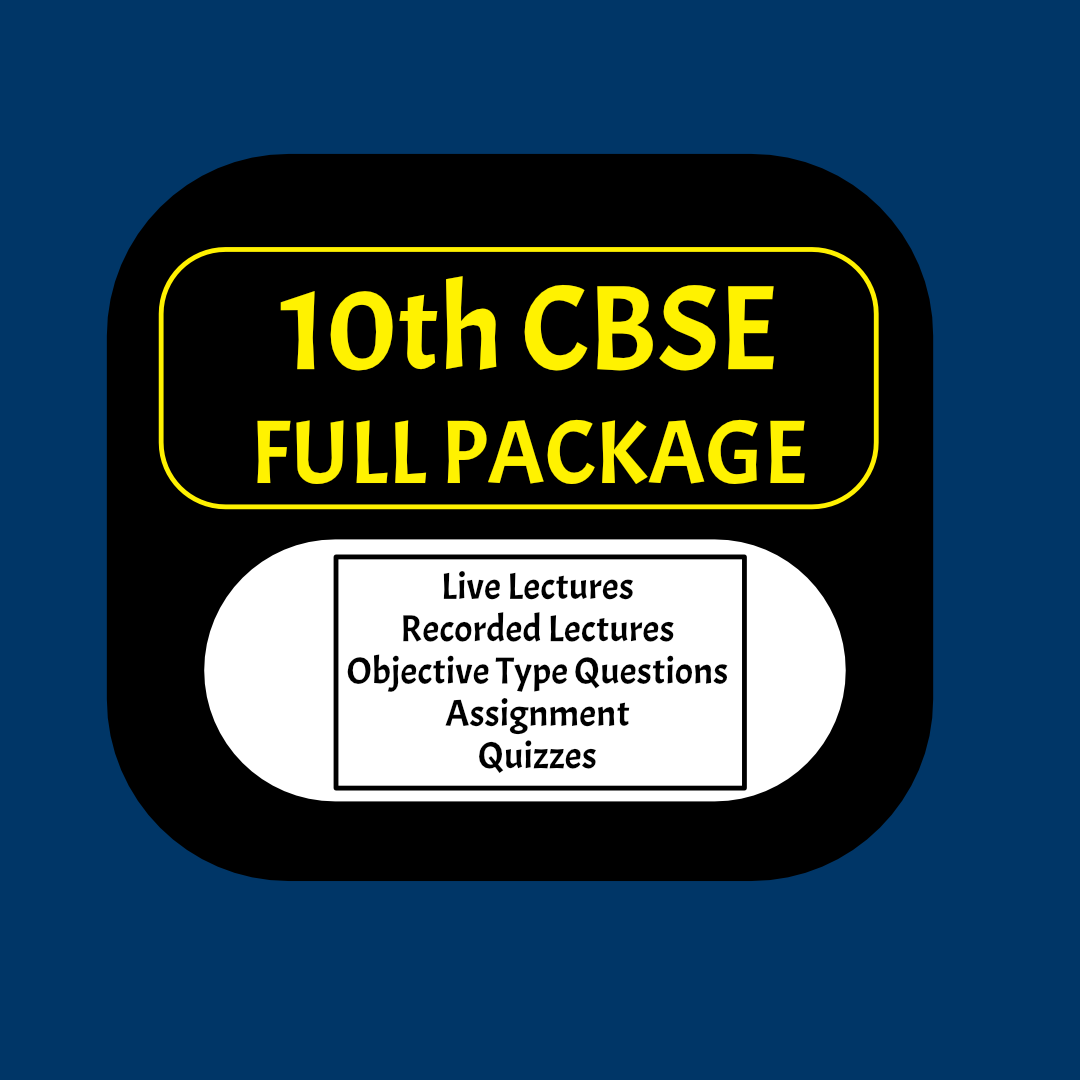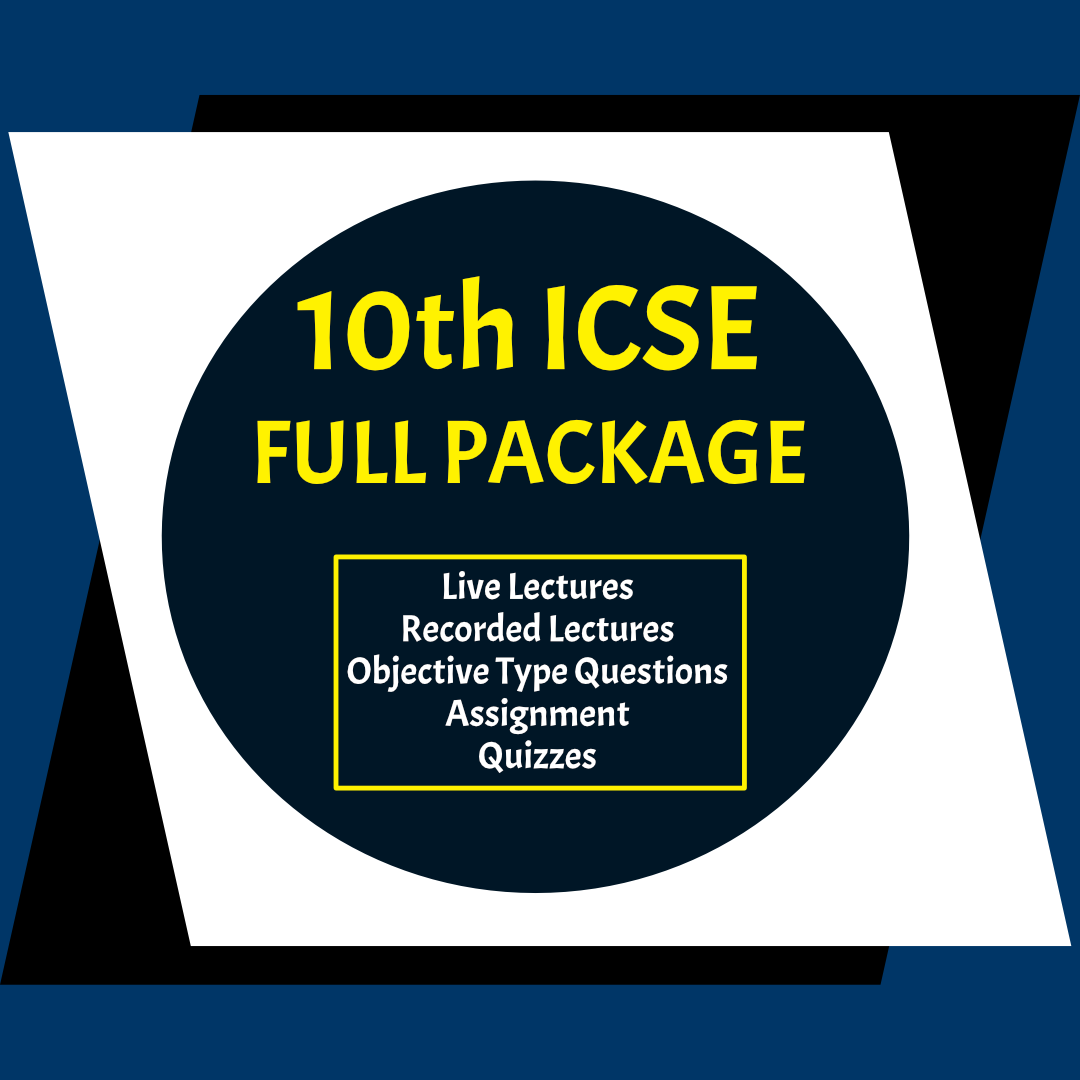|
|
One Word Substitution Part 4 - Lecture 11
VOCABULARY
Relevance of Vocabulary
Words constitute the elan vital of language. A speech or a written passage, however short or large, is es sentially a group sentences and a sentence, in its turn, is a group of words. A rich stock of words thus becomes quite logically an essential prerequisite of language ability development. All competitive examinations take a direct test of vocabulary under items like Synonym, Antonym, Sentence Comple tion and Cloze Test. Besides, Comprehension and Sentence Arrangement require indirectly a competent understanding of words, their meaning, nuances and usage.
One word substitution
Substitution is also a variant of vocabulary test. In this test, you are required to use one word for a sentence or a part of a sentence. There are certain specific words that stand for a group of words or indicate a place, a situation or state of mind.
|
|
17min
|
|
|
Selecting Words Part 1 - Lecture 12
Selecting words
Selecting words or sentence completion is one of the most important tests designed to assess the vocabulary skills of candidates. In a sentence, one or two blanks are left out to be filled with one of the alternatives given below it. Of course, it is basically a vocabulary test, but it requires, on the part of the students or examinees, an understanding of the basic rules of grammar-Like parts of speech, tense form, verb form etc. to make a correct choice. Let us examine a few such sentences:
Examples
One Sentence One Blank
Although he was a hardened criminal, his one.…........ feature was his love.
(a) saving. (b) redeeming
(c) recovering (d)acquiring
The answer is (b).
|
|
19min
|
|
|
Selecting Words Part 2 - Lecture 13
Selecting words
Selecting words or sentence completion is one of the most important tests designed to assess the vocabulary skills of candidates. In a sentence, one or two blanks are left out to be filled with one of the alternatives given below it. Of course, it is basically a vocabulary test, but it requires, on the part of the students or examinees, an understanding of the basic rules of grammar-Like parts of speech, tense form, verb form etc. to make a correct choice. Let us examine a few such sentences:
Examples
One Sentence One Blank
Although he was a hardened criminal, his one.…........ feature was his love.
(a) saving. (b) redeeming
(c) recovering (d)acquiring
The answer is (b).
|
|
20min
|
|
|
Assignment Part 1 - Lecture 14
THIS ASSIGNMENT IS FOR
1) SYNONYMS
2) ANTONYMS
3) ONE WORD SUBSTITUTION
4) SELECTING WORD
5) SENTENCE IMPROVEMENT
6) WORD MEANING
7) SPOTTING ERRORS
|
|
20min
|
|
|
Assignment Part 2 - Lecture 15
THIS ASSIGNMENT IS FOR
1) SYNONYMS
2) ANTONYMS
3) ONE WORD SUBSTITUTION
4) SELECTING WORD
5) SENTENCE IMPROVEMENT
6) WORD MEANING
7) SPOTTING ERRORS
|
|
21min
|
|
|
Assignment Part 3 - Lecture 16
THIS ASSIGNMENT IS FOR
1) SYNONYMS
2) ANTONYMS
3) ONE WORD SUBSTITUTION
4) SELECTING WORD
5) SENTENCE IMPROVEMENT
6) WORD MEANING
7) SPOTTING ERRORS
|
|
19min
|
|
|
Assignment Part 4 - Lecture 17
Sentence improvement
Sentence improvement is a common test and forms a part of almost all the important examinations that have objective English test on their syllabi. It requires an awareness of the basic rules of grammar-parts of speech,noun, pronoun, adjective, adverb, preposi tion, conjunction, genders, infinitives, participles, subject-verb accord, form of tenses, use of articles and certain exceptional usages.
Hence, it is necessary that all candidates taking up these examinations brush up their essentials of grammar with the help of the grammar books that they have read at their intermediate level. After this initial exercise they should learn or revise the following rules that are given below in the form of practical tips with illustrative examples. The practice test must be done carefully and repeatedly to ensure full competence and confidence.
|
|
18min
|
|
|
Sentence Improvement Part 1 - Lecture 18
Sentence correction or sentence improvement is a type of grammatical practice where a sentence is given with a word or a phrase that requires grammatical changes or improvement. A sentence requires modification grammatically and contextually to have a better understanding of the same.
|
|
21min
|
|
|
Sentence Improvement Part 2 - Lecture 19
Sentence correction or sentence improvement is a type of grammatical practice where a sentence is given with a word or a phrase that requires grammatical changes or improvement. A sentence requires modification grammatically and contextually to have a better understanding of the same.
|
|
23min
|
|
|
Spotting Errors Part 1 - Lecture 20
Spotting errors are asked in verbal reasoning. You need to spot sentences and error which are grammatically incorrect. This error can be anything. From noun to pronoun to singular/plural to word usage they can be anything.
|
|
21min
|
|
|
Introductory - Lecture 1
English Introductory
|
|
6min
|
|
|
SYNONYMS MCQ - Lecture 2
VOCABULARY
Relevance of Vocabulary
Words constitute the elanvital of language. A speech or a written passage, however short or large, is essentially a group sentences and a sentence, in its turn, is a group of words. A rich stock of words thus becomes quite logically an essential prerequisite of language ability development. All competitive examinations take a direct test of vocabulary under items like Synonym, Antonym, Sentence Completion and Cloze Test. Besides, Comprehension and Sentence Arrangement require indirectly a competent understanding of words, their meaning, nuances and usage.\
SYNONYM
A synonym is a word which has the same, or nearly the same meaning which another word has. Let us look at some such words.
1. Choose word nearest in meaning to the given word.
Fragile:
(a) strong (c) weak
(b) grave (d) showy
The answer is (c), weak, as this is similar in meaning to fragile.
|
|
27min
|
|
|
SYNONYMS MCQ - Lecture 3
VOCABULARY
Relevance of Vocabulary
Words constitute the elanvital of language. A speech or a written passage, however short or large, is essentially a group sentences and a sentence, in its turn, is a group of words. A rich stock of words thus becomes quite logically an essential prerequisite of language ability development. All competitive examinations take a direct test of vocabulary under items like Synonym, Antonym, Sentence Completion and Cloze Test. Besides, Comprehension and Sentence Arrangement require indirectly a competent understanding of words, their meaning, nuances and usage.
SYNONYM
A synonym is a word which has the same, or nearly the same meaning which another word has. Let us look at some such words.
1. Choose word nearest in meaning to the given word.
Fragile:
(a) strong (c) weak
(b) grave (d) showy
The answer is (c), weak, as this is similar in meaning to fragile.
|
|
14min
|
|
|
SYNONYMS MCQ - Lecture 4
VOCABULARY
Relevance of Vocabulary
Words constitute the elanvital of language. A speech or a written passage, however short or large, is essentially a group sentences and a sentence, in its turn, is a group of words. A rich stock of words thus becomes quite logically an essential prerequisite of language ability development. All competitive examinations take a direct test of vocabulary under items like Synonym, Antonym, Sentence Completion and Cloze Test. Besides, Comprehension and Sentence Arrangement require indirectly a competent understanding of words, their meaning, nuances and usage.
ANTONYM
An antonym is a word which has the opposite, or nearly the opposite meaning of the given word.
Examples
A. Choose the word opposite in meaning to the given word. 1. Profane
(a) beautiful (c) glorious
(b) sacred. (d) insane The answer is (b), sacred. The test can be given directly as shown above or at times through a sentence.
|
|
18min
|
|
|
ANTONYMS MCQ - Lecture 5
VOCABULARY
Relevance of Vocabulary
Words constitute the elanvital of language. A speech or a written passage, however short or large, is essentially a group sentences and a sentence, in its turn, is a group of words. A rich stock of words thus becomes quite logically an essential prerequisite of language ability development. All competitive examinations take a direct test of vocabulary under items like Synonym, Antonym, Sentence Completion and Cloze Test. Besides, Comprehension and Sentence Arrangement require indirectly a competent understanding of words, their meaning, nuances and usage.
ANTONYM
An antonym is a word which has the opposite, or nearly the opposite meaning of the given word.
Examples
A. Choose the word opposite in meaning to the given word. 1. Profane
(a) beautiful (c) glorious
(b) sacred. (d) insane The answer is (b), sacred. The test can be given directly as shown above or at times through a sentence.
|
|
27min
|
|
|
ANTONYMS MCQ - Lecture 6
VOCABULARY
Relevance of Vocabulary
Words constitute the elanvital of language. A speech or a written passage, however short or large, is essentially a group sentences and a sentence, in its turn, is a group of words. A rich stock of words thus becomes quite logically an essential prerequisite of language ability development. All competitive examinations take a direct test of vocabulary under items like Synonym, Antonym, Sentence Completion and Cloze Test. Besides, Comprehension and Sentence Arrangement require indirectly a competent understanding of words, their meaning, nuances and usage.
ANTONYM
An antonym is a word which has the opposite, or nearly the opposite meaning of the given word.
Examples
A. Choose the word opposite in meaning to the given word. 1. Profane
(a) beautiful (c) glorious
(b) sacred. (d) insane The answer is (b), sacred. The test can be given directly as shown above or at times through a sentence.
|
|
22min
|
|
|
Antonyms MCQ - Lecture 7
VOCABULARY
Relevance of Vocabulary
Words constitute the elanvital of language. A speech or a written passage, however short or large, is essentially a group sentences and a sentence, in its turn, is a group of words. A rich stock of words thus becomes quite logically an essential prerequisite of language ability development. All competitive examinations take a direct test of vocabulary under items like Synonym, Antonym, Sentence Completion and Cloze Test. Besides, Comprehension and Sentence Arrangement require indirectly a competent understanding of words, their meaning, nuances and usage.
ANTONYM
An antonym is a word which has the opposite, or nearly the opposite meaning of the given word.
Examples
A. Choose the word opposite in meaning to the given word. 1. Profane
(a) beautiful (c) glorious
(b) sacred. (d) insane The answer is (b), sacred. The test can be given directly as shown above or at times through a sentence.
|
|
24min
|
|
|
One Word Substitution Part 1 - Lecture 8
VOCABULARY
Relevance of Vocabulary
Words constitute the elan vital of language. A speech or a written passage, however short or large, is es sentially a group sentences and a sentence, in its turn, is a group of words. A rich stock of words thus becomes quite logically an essential prerequisite of language ability development. All competitive examinations take a direct test of vocabulary under items like Synonym, Antonym, Sentence Comple tion and Cloze Test. Besides, Comprehension and Sentence Arrangement require indirectly a competent understanding of words, their meaning, nuances and usage.
One word substitution
Substitution is also a variant of vocabulary test. In this test, you are required to use one word for a sentence or a part of a sentence. There are certain specific words that stand for a group of words or indicate a place, a situation or state of mind.
|
|
26min
|
|
|
One Word Substitution Part 2 - Lecture 9
VOCABULARY
Relevance of Vocabulary
Words constitute the elan vital of language. A speech or a written passage, however short or large, is es sentially a group sentences and a sentence, in its turn, is a group of words. A rich stock of words thus becomes quite logically an essential prerequisite of language ability development. All competitive examinations take a direct test of vocabulary under items like Synonym, Antonym, Sentence Comple tion and Cloze Test. Besides, Comprehension and Sentence Arrangement require indirectly a competent understanding of words, their meaning, nuances and usage.
One word substitution
Substitution is also a variant of vocabulary test. In this test, you are required to use one word for a sentence or a part of a sentence. There are certain specific words that stand for a group of words or indicate a place, a situation or state of mind.
|
|
22min
|
|
|
One Word Substitution Part 3- Lecture 10
VOCABULARY
Relevance of Vocabulary
Words constitute the elan vital of language. A speech or a written passage, however short or large, is es sentially a group sentences and a sentence, in its turn, is a group of words. A rich stock of words thus becomes quite logically an essential prerequisite of language ability development. All competitive examinations take a direct test of vocabulary under items like Synonym, Antonym, Sentence Comple tion and Cloze Test. Besides, Comprehension and Sentence Arrangement require indirectly a competent understanding of words, their meaning, nuances and usage.
One word substitution
Substitution is also a variant of vocabulary test. In this test, you are required to use one word for a sentence or a part of a sentence. There are certain specific words that stand for a group of words or indicate a place, a situation or state of mind.
|
|
20min
|
|
|
Spotting Errors Part 2 - Lecture 21
Spotting errors are asked in verbal reasoning. You need to spot sentences and error which are grammatically incorrect. This error can be anything. From noun to pronoun to singular/plural to word usage they can be anything.
|
|
20min
|
|
|
Mis - Spelt Part 1 - Lecture 22
Misspelt is defined as you spelled a word incorrectly. When you wrote down a word with an incorrect spelling, this is an example of a time when you misspelt the word.
|
|
18min
|
|
|
Mis - Spelt Part 2 - Lecture 23
Misspelt is defined as you spelled a word incorrectly. When you wrote down a word with an incorrect spelling, this is an example of a time when you misspelt the word.
|
|
25min
|
|
|
Idioms and Phrases Part 1 - Lecture 24
Idioms are expressions that mean something different from what the words actually say. For example, “I have a lot on my plate” means “I am very busy.” Phrases are just groups of words that make up an idiom. There are thousands of idiomatic expressions in English, and new ones are being created all the time.
|
|
21min
|
|
|
Idioms and Phrases Part 2 - Lecture 25
Idioms are expressions that mean something different from what the words actually say. For example, “I have a lot on my plate” means “I am very busy.” Phrases are just groups of words that make up an idiom. There are thousands of idiomatic expressions in English, and new ones are being created all the time.
|
|
18min
|
|
|
Comprehension - Lecture 26
Comprehension is the understanding and interpretation of what is read. To be able to accurately understand written material, children need to be able to (1) decode what they read; (2) make connections between what they read and what they already know; and (3) think deeply about what they have read.
|
|
17min
|
|
|
Cloze test Part 1 - Lecture 27
A cloze test (also cloze deletion test or occlusion test) is an exercise, test, or assessment consisting of a portion of language with certain items, words, or signs removed (cloze text), where the participant is asked to replace the missing language item.
|
|
21min
|
|
|
Cloze test 2 - Lecture 28
A cloze test (also cloze deletion test or occlusion test) is an exercise, test, or assessment consisting of a portion of language with certain items, words, or signs removed (cloze text), where the participant is asked to replace the missing language item.
|
|
13min
|













